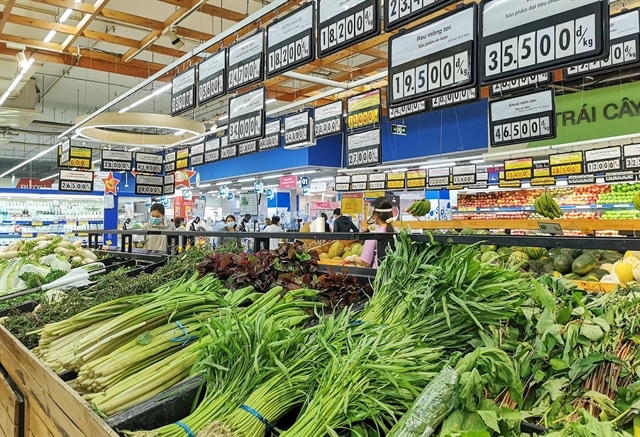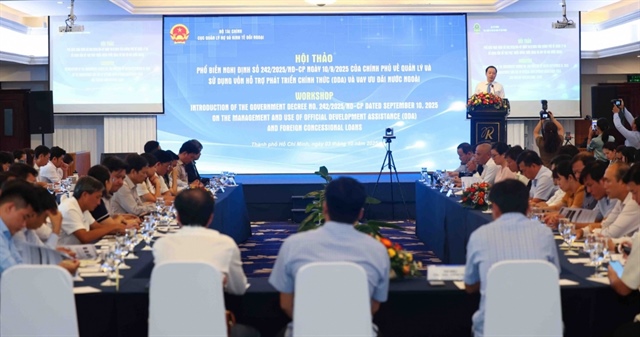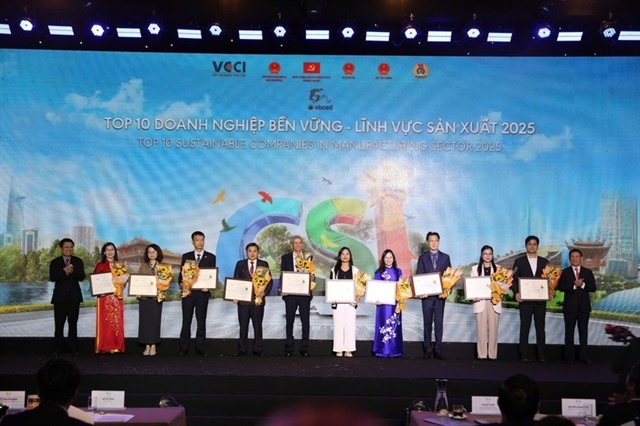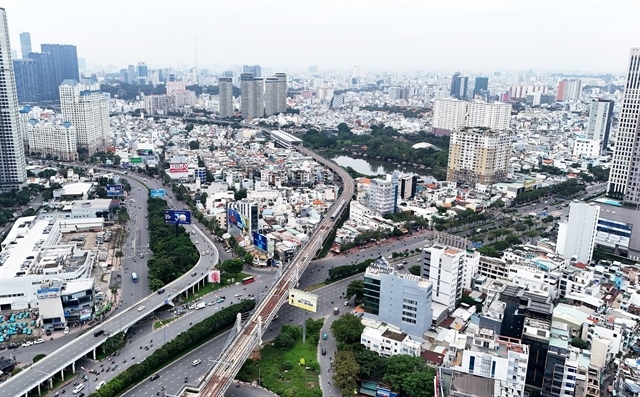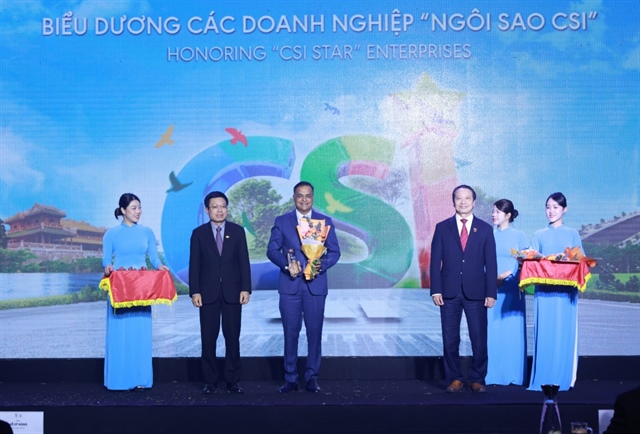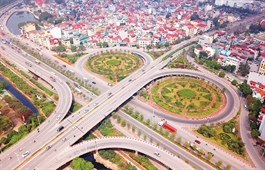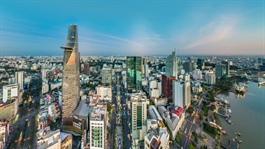Welcoming further FDI
Welcoming further FDI
Vietnam has demonstrated strong and stable growth in attracting foreign direct investment. Kenneth Atkinson, founder and senior board adviser at Grant Thornton Vietnam, explains how the country can push ahead even further.
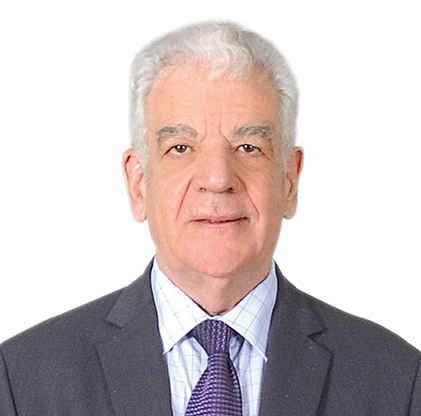
By Kenneth Atkinson, founder and senior board adviser at Grant Thornton Vietnam
|
The government has been successful in attracting foreign direct investment (FDI) since the early 1990s. Initial projects utilising FDI were small, with the exception of the renovation of the Sofitel Legend Metropole Hanoi, but even that was less than $10 million.
Vietnam currently has more than 32,000 foreign-invested ventures in operation, with the total investment capital of more than $380 billion from 140 countries and territories. Over the last five years, FDI has shown consistent and steady growth, and in 2019 it hit a decade-long high at more than $38 billion pledged.
To date the key investments have come from investors in Asia, with South Korea leading the field followed by Japan and Singapore. China has risen through the ranks in the last few years to the seven-largest foreign investor as of August 20. This can partly be attributed to the US–China trade spat but some analysts say that China is also pushing investment through Hong Kong, as Vietnam becomes more cautious about Chinese investment.
Out of 19 sectors receiving capital, in 2019, manufacturing and processing came on top with total capital of $24.56 billion. This was followed by real estate at $3.88 billion and then by retail and wholesale. In contrast the top three private equity sectors were fintech, education, and renewable energy.
Whilst the future for FDI looks very good, the government is looking at the strategy and is approaching challenges being faced by foreign-invested enterprises in Vietnam.
One big driver to growth in FDI is the move of manufacturers from China to ASEAN, which is expected to accelerate post-pandemic. Other drivers are coming from the EU-Vietnam Free Trade Agreement (EVFTA), the Comprehensive and Progressive Agreement for Trans-Pacific Partnership (CPTPP), among others. The EVFTA requires Vietnam to make significant institutional changes which will over time make it more attractive for sophisticated investors.
The rights and obligations under the CPTPP meanwhile fall into two categories: First are the rules – for example, on how countries should make new food safety regulations. The second is market access, and how far each CPTPP member will cut its tariffs and open up its markets.
The ASEAN Economic Community initiatives will help ASEAN investors fully tap on the potential of the bloc’s 600 million-strong market and enable companies in the region to access raw materials, production inputs, services, labour, and capital wherever they choose to set up their business operations. This means companies can save on production costs without necessarily leaving high potential market areas within the region.
Building on its current success, Vietnam needs to finalise its strategy for inward FDI, which looks to attract higher value add investment with higher technology standards and environmental controls in addition to lower cost labour manufacturing, which will help build supply chains and supporting industries.
Of key concern to all foreign investors is economic and political stability, an area Vietnam scores well in. However, in order to attract more, Vietnam needs to focus on a few key issues in addition to the ease of doing business.
These include improved infrastructure and a reduction in logistics costs, which are still relatively high, improvement in vocational training, and more encouragement and incentives for investment in research and development.
One area of note is in the level of productivity in Vietnam which is one of the lowest in ASEAN. But to improve significantly, there needs to be more investment in high-tech machinery and more skilled middle management to avoid significant wage inflation.
Also, Vietnam needs to develop and publicise investment incentives for selected sectors. These incentives and the granting of them need to be transparent and binding.
Whilst the government has shown a strong intent to make both licensing and operations easier for both foreign-invested and local companies, this does not always translate to local levels. One major reform has been the move to an electronic tax managing system for businesses. In the past few years, it could take businesses two to three working days to complete their tax payment processes. However, with the upgraded system, the process is much faster.
According to Vietnam Customs, around 99 per cent of import and export tax payments were made online as of June 2019. Such digitalisation not only brings efficiency and allows businesses to reduce administrative costs but mitigates risks.
Jaques Morisset, the World Bank’s lead economist and programme leader for Vietnam, noted that there are several regulations and a lack of coordination when it comes to tax payments. In a bid to ease these complications, the government has worked on various proposals to amend the current VAT, corporate income tax, and special sales tax regulations.
While Vietnam has made reforms in paying taxes and starting a business, the country still needs to further work on these issues. In addition, the system of tax inspections penalties and late payment interest also needs review. Moreover, improvements in the licensing system and approvals for the various permits are required. The new Law on Enterprises taking effect on January 1, 2021 will also help with some of these challenges.
By continuing improvements that address concerns of foreign investors, Vietnam will not only keep them but also win new comers.


